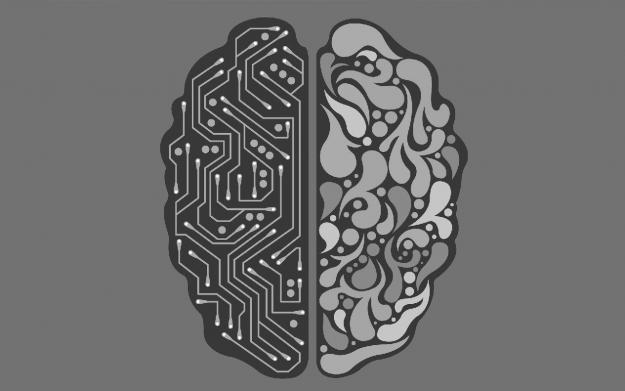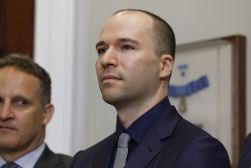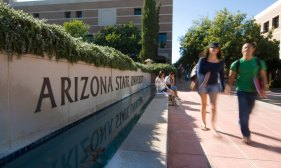How artificial intelligence is helping Pearson refocus assessment technology

As digital learning becomes more prominent in higher-ed and K-12 classrooms, Pearson, the world’s largest education company, says its assessment technology — powered by artificial intelligence — is ready for reimagining.
The company told EdScoop that it was refocusing its assessment technology from evaluating student input, or answers entered, to offering line-by-line feedback of a student’s entire solution process. The transition — which global head of product at Pearson, Tim Bozik, called a move from evaluating “what” a student’s answer is to “how” a student reached that answer — will involve implementing a new level of artificial intelligence into its product and service line.
The company announced the hiring of a new head of artificial intelligence and personalized learning on Monday, joining a slew of other stakeholders in the K-12 and higher-ed field in prioritizing artificial intelligence as a cornerstone of the future of education. Milena Marinova, who previously served as Intel’s senior director of AI solutions before accepting the vice president position at Pearson, told EdScoop that artificial intelligence still has untapped potential in classrooms — despite its recent billing as the “ fourth industrial revolution ” from prominent education groups.
“We used to have very prescriptive, rule-based algorithms that say, ‘if x, then y,’ that mapped one space to another space with very specific rules. That’s how all the robots, until now, have been working, with very well-defined, pre-programmed rules of how automation works,” Marinova said.
Marinova added that “deep learning” solutions are all around us, albeit not always for educational purposes. Voice assistants like Siri or Alexa, digital translation tools or auto photo-tagging on social networks utilize deep neural networks that could also be put to use in classrooms.
She explained that with advancements in machine learning — a term generally interchangeable with artificial intelligence in the public discourse of the complex technologies — student learning data doesn’t have to be examined in siloed, rule-based systems anymore. Now, artificial intelligence can spot patterns and trends in data that would have evaded detection under human examination.
“Whether the insight will help us catch students who are falling behind earlier on before you have exact data to prove they’re behind or before they fail, or make the learning modules better based on individual student learning,” Marinova said, “the level of abstraction and assistance, going back to our theme of human-centered AI, that you can implement with newer techniques will free up humans to focus on more complex, critical and important tasks.”
Bozik said that Pearson’s new assessment technology, which is in prototype right now, will offer “grain-sized” feedback from a machine learning solution akin to what a student should expect in a learning experience with a teacher.
“That’s the kind of evaluation that good teachers give,” Bozik said. “You look at a complete solution to really understand, ‘Did I not only get the right or wrong answer, but how did I approach it?’ That’s a much better indicator of how well I understand how to solve a problem. That’s really the skill you want, is how to solve the next problem you see.”




